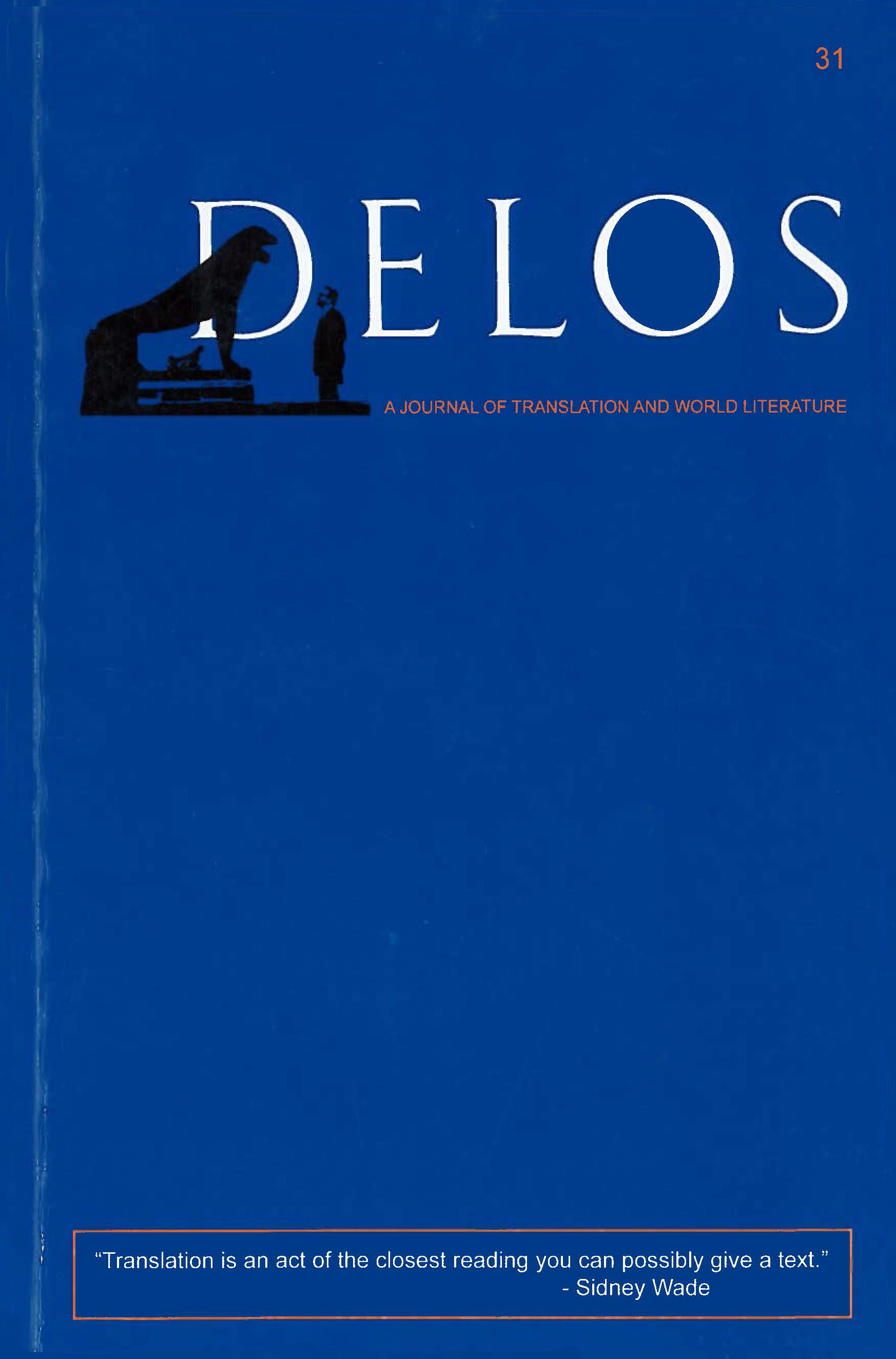Two Yiddish Songs: "My Uncle Eli Has a Tree" and "Daisies" by Leyb Morgentoy and Zalman Shneur
Main Article Content
Abstract
The beginning of the twentieth century introduced a new sub-genre in Yiddish music: Folk Songs by known authors, often receiving credit and even copyrights. The movement of Jewish enlightenment, reaching its peak during the second half of the nineteenth century, was greatly influenced by a contemporary theory of folklore, and the privileging of popular songs, folk tales and anecdotes as testimony to the national character of a people. It is important to realize that there is a significant temporal gap between Jewish and non-Jewish enlightenment. Secular Jewish writing, starting in the 1860’s, was heavily influenced by a tradition of Enlightenment (sometime lasting throughout the 1920’s), but also mixing up (late) Romantic and (more contemporary) Modernist influences. There is, accordingly, a clear connection between works such as the collection of German folk tales by the Grimm brothers from 1812 and Yiddish collectors (zamlers), who almost a century later set out to visit small towns in villages throughout Eastern Europe to collect Jewish songs and stories.* However, either because the collected materials did not meet the demand, or because not all songs met the modernist and nationalist criteria of Yiddish scholars, some of the best known poets and writers of the time took to the task of writing new "Folk Songs." Among them were Itsik Manger, Mark Varshavski, Avrom Goldfadn and Mordkhe Gebirtig. Such songs became immensely popular, and some of them—like the famous "Rabbi Elimelekh" by Yitzchak Rayz (Moshe NaDir)—were even created in the United States and sent back to the "old world."
Article Details
Copyright for articles and reviews rests with the authors. Copyright for translations rests with the translator, subject to the rights of the author of the work translated. The University of Florida Press will register copyright to each journal issue.

